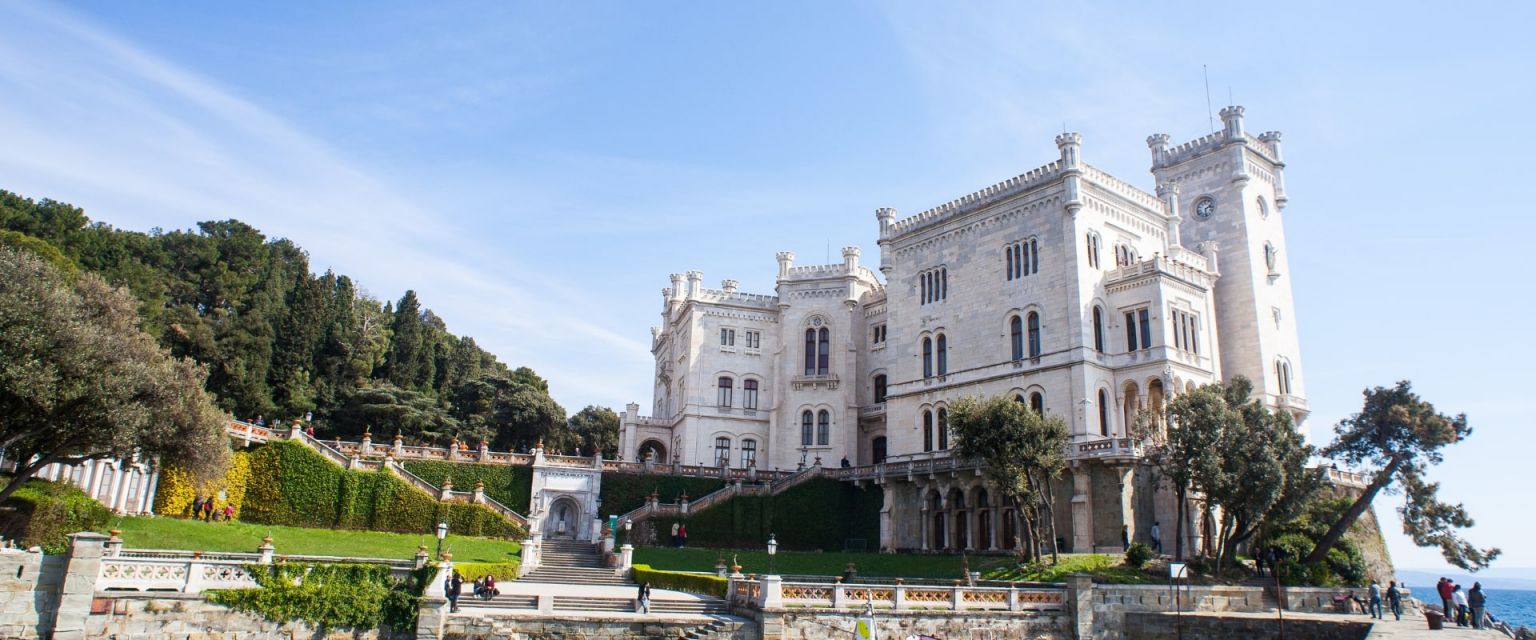
Friuli Venezia Giulia
Visit Friuli Venezia Giulia, land of wind and fairytale castles
Things to do in Friuli Venezia Giulia
All the experiences and attractions for the most popular activities.
Territory of Friuli Venezia Giulia
The territory of Friuli Venezia Giulia can be divided into four natural regions: Alpine, hilly, flat and coastal. The mountainous part is articulated in the northern part of the region and boasts very high peaks between the Pre-Alps and the Carnic Alps (among these the highest peak in the region, Mount Coglians, stands out), and between the Pre-Alps and the Julian Alps. The mountainous part is furrowed by valleys in correspondence of watercourses such as the Tagliamento and the Fella. The coastal part is the one to the south-east and overlooks the Adriatic Sea.
Useful information about Friuli Venezia Giulia
Friuli Venezia Giulia is an autonomous Italian region with a special statute and consists of two historical regions: Friuli and Venezia Giulia. Friuli, the main and most internal part, includes the provinces of Udine and Gorizia. The other part, the smallest, is the part of Venezia Giulia annexed to Italy after the Second World War and consists of the provinces of Gorizia and Trieste.
Top Attractions in Friuli Venezia Giulia
all entrance tickets for the most popular Italian attractions
Miramare Castle
VeniceDiscover the Italian Ambassador of Excellence in this region
Looking for tips for your next trip? Ask Monna Lisa.

Places and tours of Friuli Venezia Giulia
The Friuli Venezia Giulia region has so much to offer tourists, both in terms of cultural tourism, both in terms of natural landscapes, so there are so many places and itineraries in Friuli Venezia Giulia that deserve to be visited.
Starting from the must-see towns such as Trieste, with its marvellous Miramare Castle, Gorizia, a meeting point between East and West, but also Cividale del Friuli and Aquileia, both nominated by UNESCO as World Heritage Sites.
As for the landscapes, the mountain ones are not to be missed, such as the Natural Park of the Friulian Dolomites, but there are also sea landscapes, such as the beautiful Lignano Sabbiadoro, a beautiful town overlooking the Adriatic Sea.
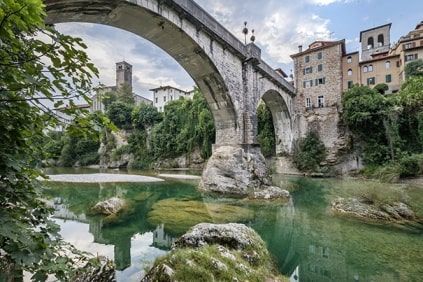
Unesco Sites in Friuli Venezia Giulia
Exhibitions, Events and Shows in Friuli Venezia Giulia
Stories and traditions of Friuli Venezia Giulia
The history of Friuli Venezia Giulia is very particular because this territory has been crossed by different peoples: first the Roman settlements of Aquileia and Cividale del Friuli, then the annexation to the Austro-Hungarian Empire and, only recently, the annexation to Italy. The alternation of these peoples has given rise to various traditions linked to different eras: the legend of the Puteum Aureo, for example, dating back to the Roman period, or the tradition of the Benandanti linked, instead, to pagan cults widespread in Germany and throughout central Europe.
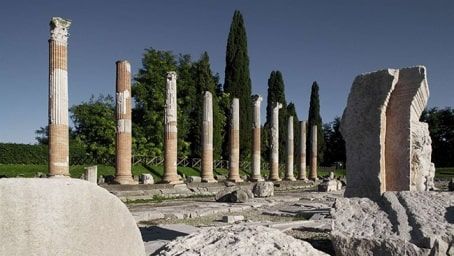
Tours and Experiences in Friuli Venezia Giulia
Region Friuli Venezia Giulia
Located in northeastern Italy, Friuli Venezia Giulia is a border region with special status and the capital city is Trieste. Its borders are Austria to the north, Slovenia to the east, Veneto to the west, and is bathed by the Upper Adriatic Sea to the south. It is composed of two distinct historical-geographical regions: Friuli, the larger part, that includes the provinces of Pordenone, Udine, and Gorizia, and Venezia Giulia, which remained with Italy after World War II and includes the province of Trieste and part of the province of Gorizia.
Its border location characterizes it as a multicultural and multilingual region: in fact, in addition to Italian, Slovenian, German and Friulian, the historical regional language, are officially recognized. In addition, Venetian dialects are also spoken.
The entire northern part of Friuli Venezia Giulia is occupied by the Alps and the Carnic Pre-Alps, which give the name to this area, the Carnia, and whose elevations are just over 2,500 m above sea level. To the East of the Tagliamento River are the Julian Alps and the Pre-Alps, that descend almost to the sea with the Karst Plateau.
The region is furrowed by important rivers such as the Tagliamento, Isonzo, Livenza, and Natisone; the lakes are small to medium-sized and are both natural and artificial in origin such as the Fusine Lakes, Lake Predil, and Lake Barcis.
The central part of the region is occupied by hills that slope down to the sea in the so-called 'Friulian plain' furrowed by numerous rivers and streams that descend directly from the mountains.
The coastal area is low and sandy to the west and characterized by large lagoons such as Grado and the Foce dell'Isonzo Nature Reserve and where the famous seaside resorts of Grado and Lignano Sabbiadoro are located; the area to the east is rocky due to its proximity to the Karst.
Friuli Venezia Giulia is the Italian region that more than others has passed through important historical events that have characterized the different territorial entities that constitute it.
The territory corresponding to present-day Friuli was originally inhabited by a people of Ligurian origin who were replaced by the Carni of Celtic origin around the 5th century BC. Starting in the 2nd century B.C. the territory was colonized by the Romans who founded Aquileia, one of the largest cities of the Holy Roman Empire that owes its importance to its geographically strategic location for trade and military defense. At the end of the third century AD. Aquileia was the seat of one of the most prestigious bishoprics in the Empire. But in 452 AD. The Huns led by Attila razed the city to the ground.
After the collapse of the Western Roman Empire, the territory was occupied by the Lombards in 568 A.D. and the capital was moved to Forum Iulii - the present-day Cividale del Friuli, founded by Julius Caesar - which gave its name to the whole territory over which the city ruled, which was from first an important Duchy until it became the County of Friuli.
From 1516 the Habsburg Empire dominated eastern Friuli, while western and central Friuli remained under the control of Venice until 1797 when, following the Napoleonic campaigns, this part of Friuli was also annexed to Austria.
In 1815, the Congress of Vienna sanctioned the final union of Veneto and Friuli with Austrian Lombardy with the establishment of the Lombardy-Venetia Kingdom. In 1866 central and western Friuli were annexed to the Kingdom of Italy while eastern Friuli remained under Austrian rule until the end of World War I (1919).
In 1947 the Constitution provided for the establishment of the Autonomous Region of Friuli Venezia Giulia, which was only officially established by Constitutional Law No. 1 of January 31, 1963, and only in 1975 were the boundarier of the region as we know them today finally established.
Friuli Venezia Giulia is divided into 4 regional decentralization entities corresponding to the 4 provinces of Gorizia, Pordenone, Trieste and Udine abolished between 2017 and 2018, and the capital is Trieste. The region has important highway and port infrastructure and excellent air and rail connections.
An important sector of the economy of Friuli Venezia Giulia is Tourism.
Due to its history and geographical conformation, Friuli Venezia Giulia has countless cultural-historical attractions and natural beauty and is characterized by towns and small villages rich in history and tradition where one can spend unforgettable holidays.
In the winter season, the alpine resorts of Friuli Venezia Giulia, such as Carnia and the Natisone Valleys, are popular destinations for skiing and winter sports, but for lovers of outdoor living there are a thousand opportunities to experience nature in the other seasons as well: easy hikes or challenging activities in the mountains, walks in the hills on the wine roads or in the calm of the small villages that preserve artisan traditions handed down through the centuries like Sappada, Polscenico, Strassoldo, Sauris.
And, of course, the important military architecture that witnessed the wars that shook Italy and all of Europe - to visit the Redipuglia Memorial - that make Piedmont unique.
Seaside lovers can choose between relaxing beaches and strolls in the seaside villages of Duino, Marano Lagunare and Muggia or more adrenaline-fueled water sports; from the sandy beaches of Lignano Sabbiadoro via Grado to the pebble and rocky beaches of the Gulf of Trieste.
Friuli Venezia Giulia boasts no less than five UNESCO Sites: Aquileia, an important city of the Roman Empire of which precious archaeological traces remain; Cividale del Friuli, founded by Julius Caesar that became the first Lombard duchy in Italy; Palmanova, a fortress city that still preserves its original urban structure intact; Palù di Livenza, a pile-dwelling site dating back to the Neolithic period; and the Friulian Dolomites, considered the most unspoiled part of the entire Dolomite range.
The historic centers of Gorizia and Pordenone, Udine, San Daniele del Friuli, Gemona del Friuli, Tolmezzo, Cormons, Monfalcone, Spilimbergo, Sacile, and San Vito al Tagliamento are also tourist destinations. And, of course, Trieste with its territory, which in recent years has been experiencing growing tourist interest and enhancement, with Miramare Castle among the most visited sites.
From an environmental and naturalistic point of view, the Regional Natural Park of the Friulian Dolomites, the Regional Natural Park of the Julian Pre-Alps and the wildlife oasis of the Marano Lagoon are worth a visit.
The variety of the area is also reflected in the cuisine where dishes feature Italian, Slavic and Germanic influences: typical recipes include Frico, a dish made of cheese potatoes and onions; Cjarsons, ravioli filled with herbs and spices characterized by a contrast between sweet and salty flavors; Jota, a soup made of sauerkraut, beans and potatoes; and Gubana, a typical festive snail-shaped dessert made of leavened sweet dough filled with walnuts, raisins, pine nuts, sugar, grappa, and grated lemon peel.
One of the leading sectors of the Friulian economy is wine production: the most famous wines include Friulano (formerly Tocai), Ribolla gialla, Picolit, and Refosco dal peduncolo rosso. Among the most important typical products are Prosciutto di San Daniele; cheeses such as Montasio; seafood and freshwater fish such as trout; cured meats and sausages; polenta; vegetables and salads such as Rosa di Gorizia, a variety of radicchio; and Friulian Grappa and Slivovitz, a plum distillate. And still so much more to taste…


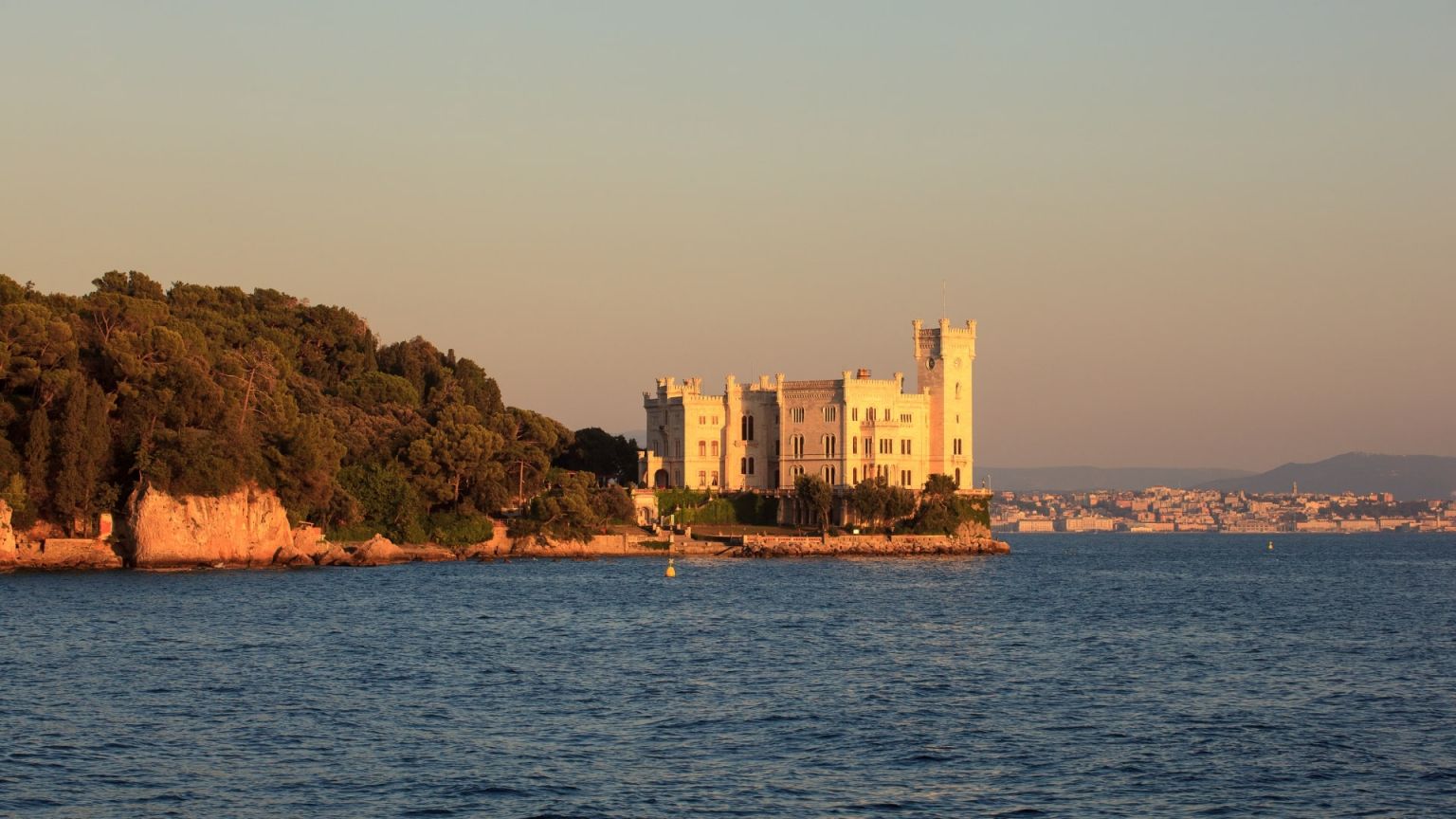
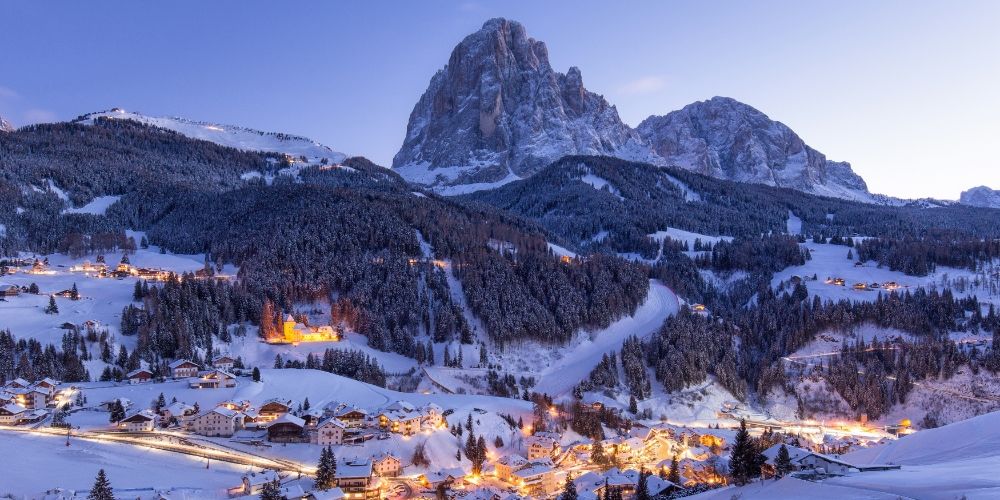
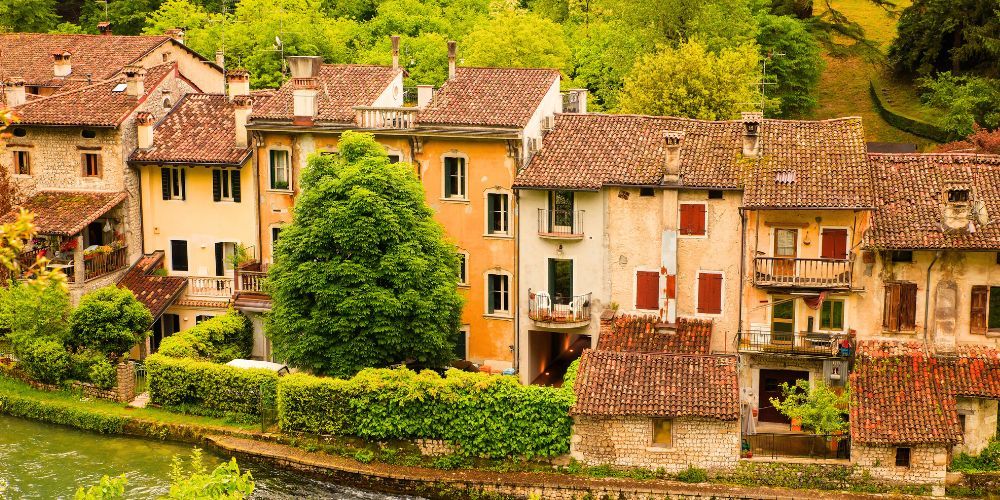
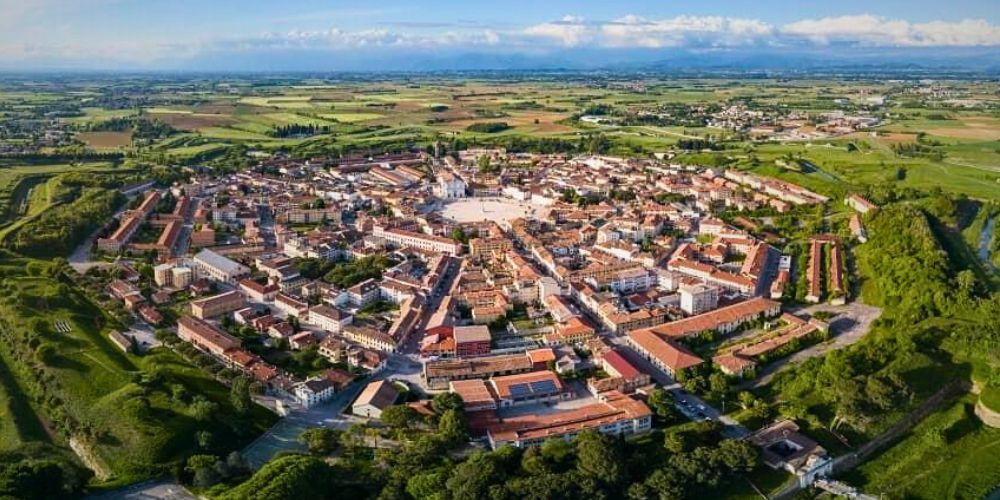
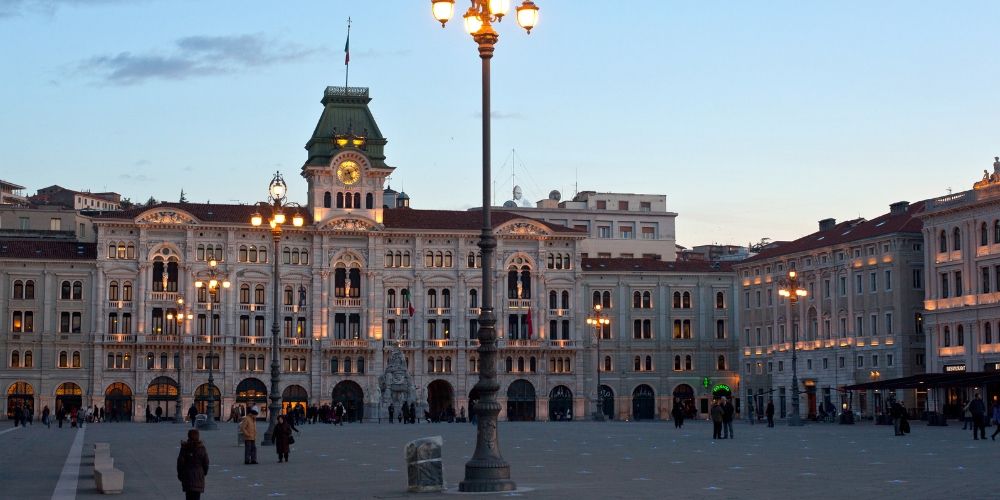

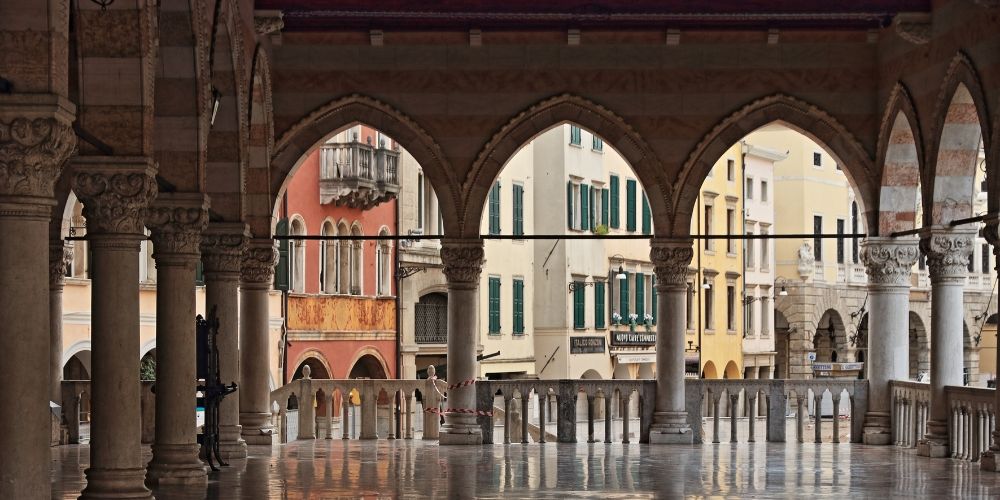
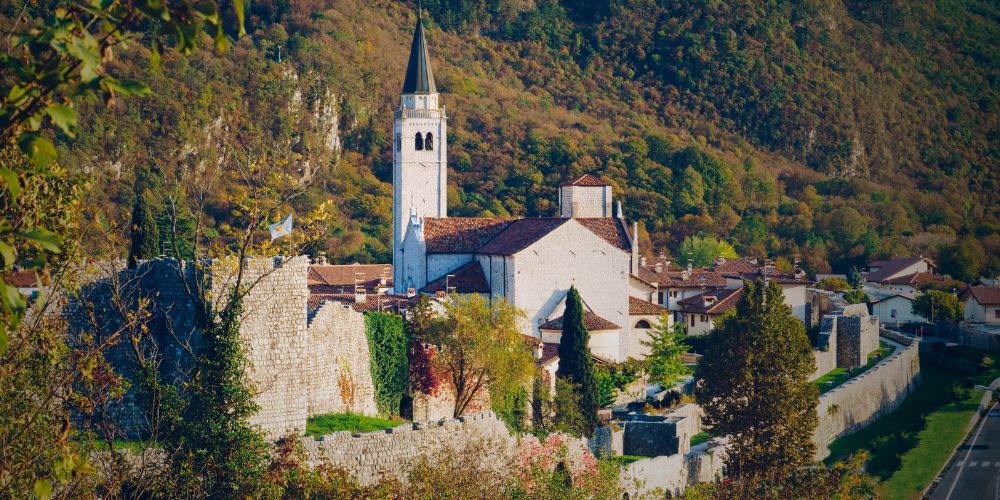
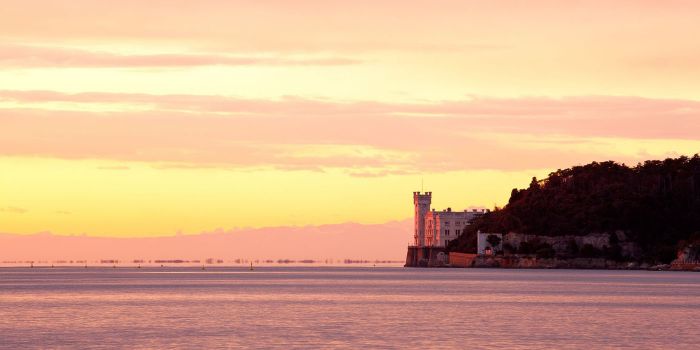
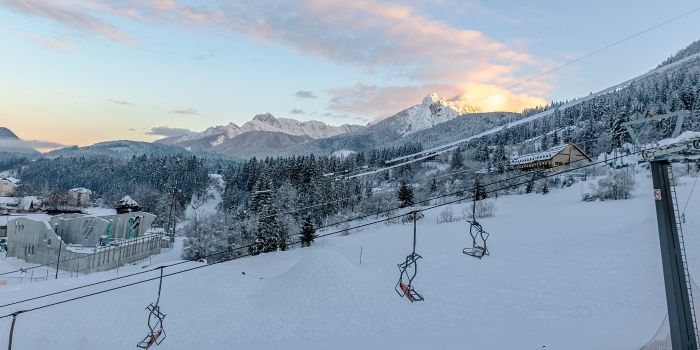
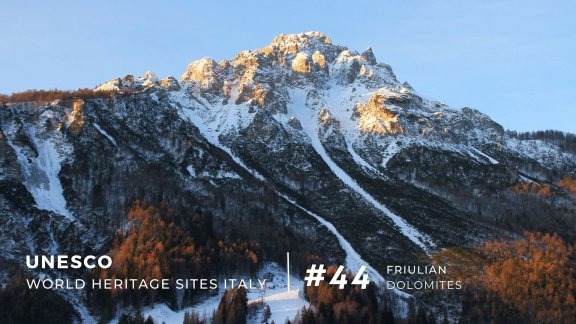
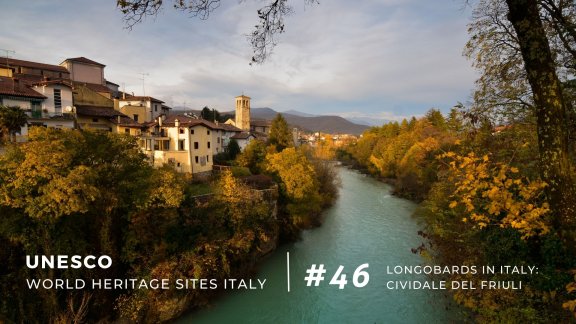
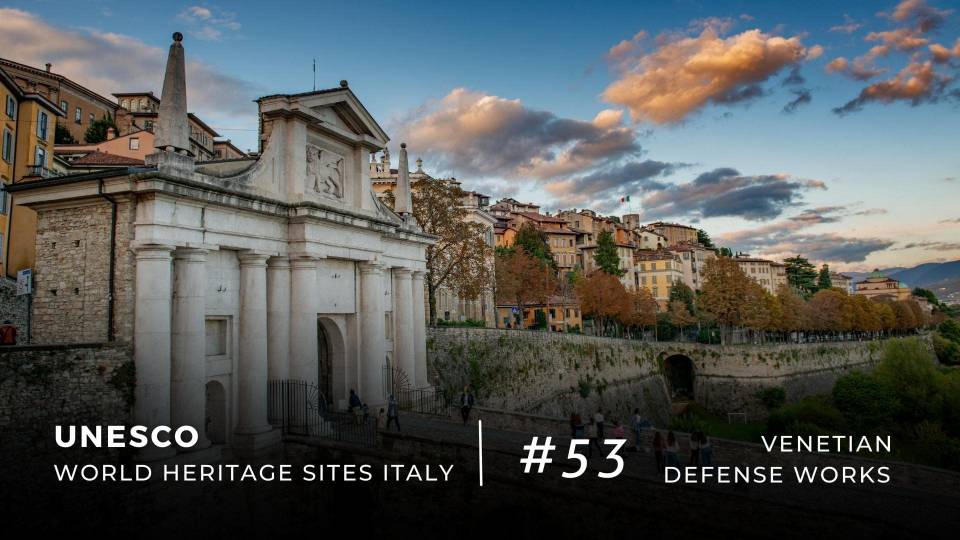
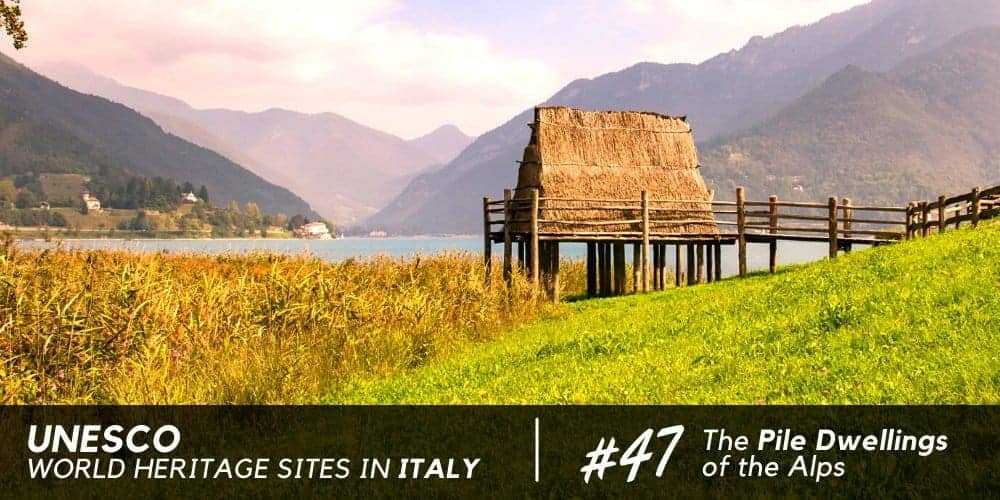
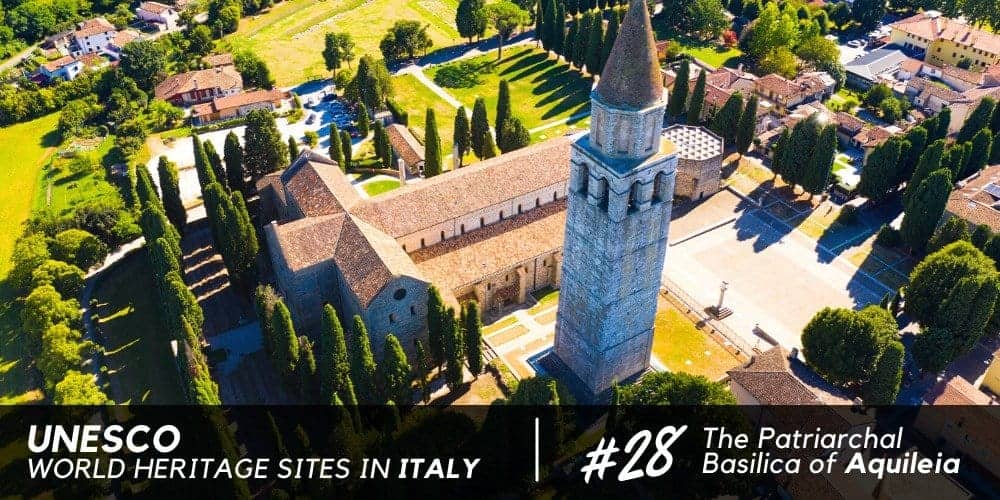
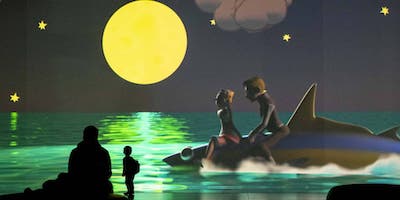
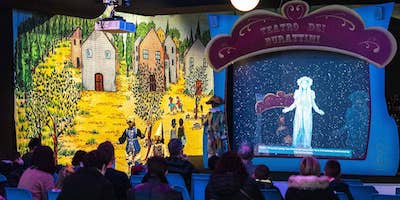

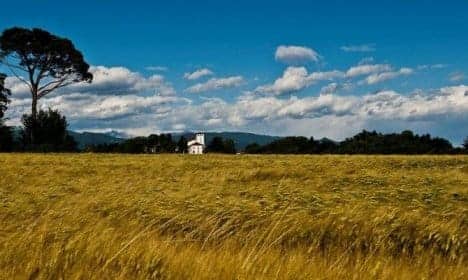
Ciao! I'm Monna Lisa, your digital travel designer. I'm here to help you plan your perfect trip to Italy.